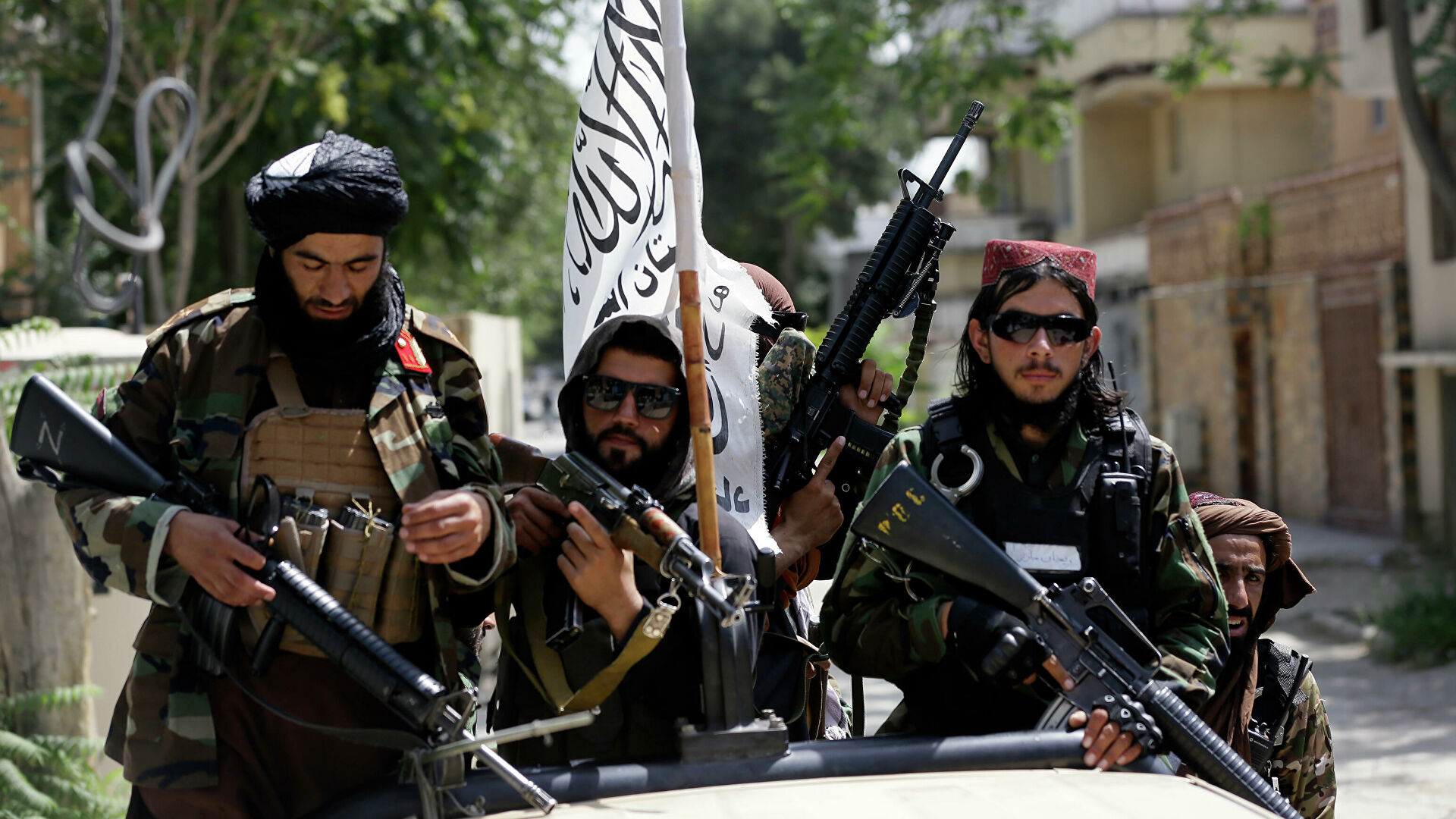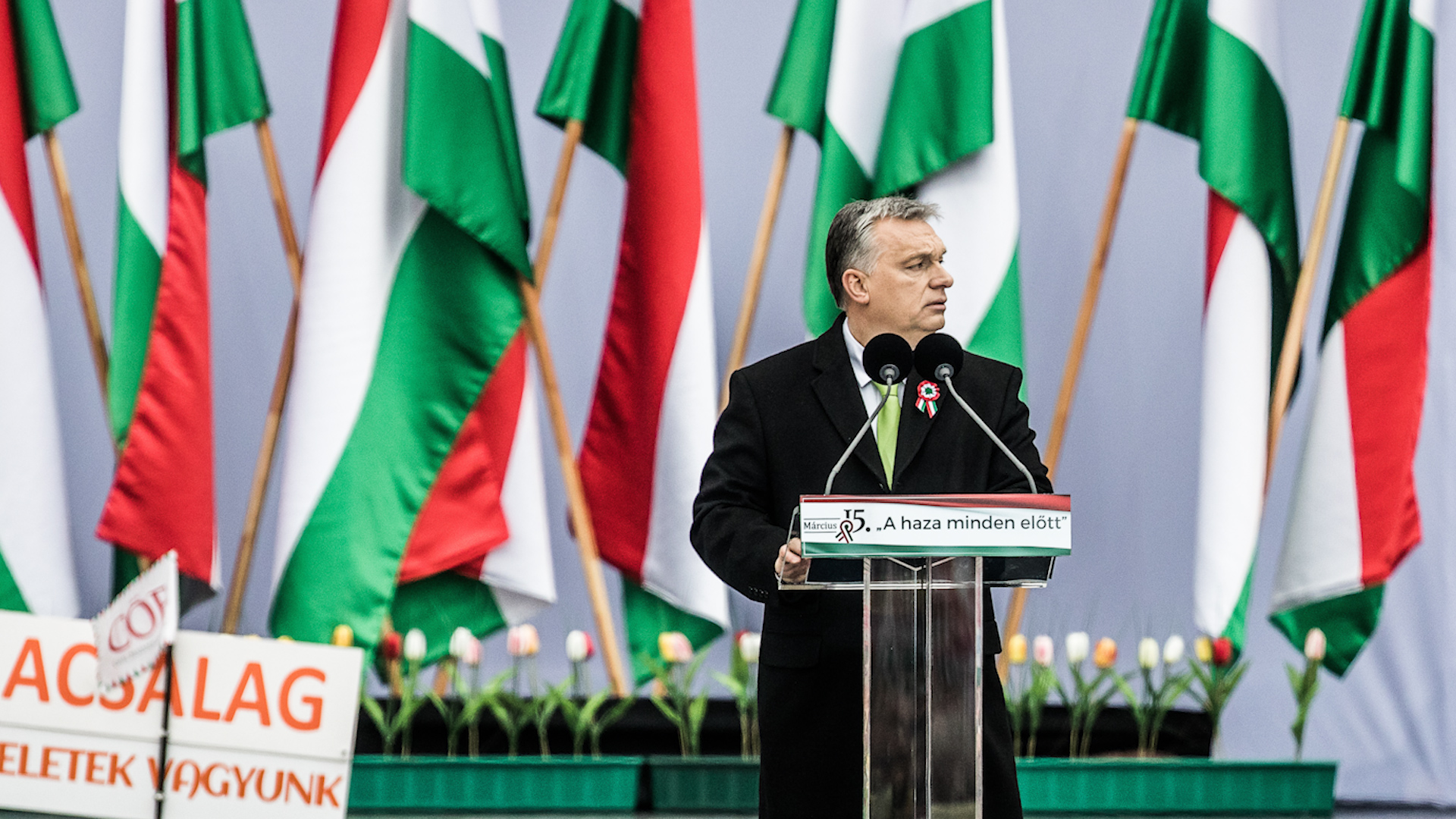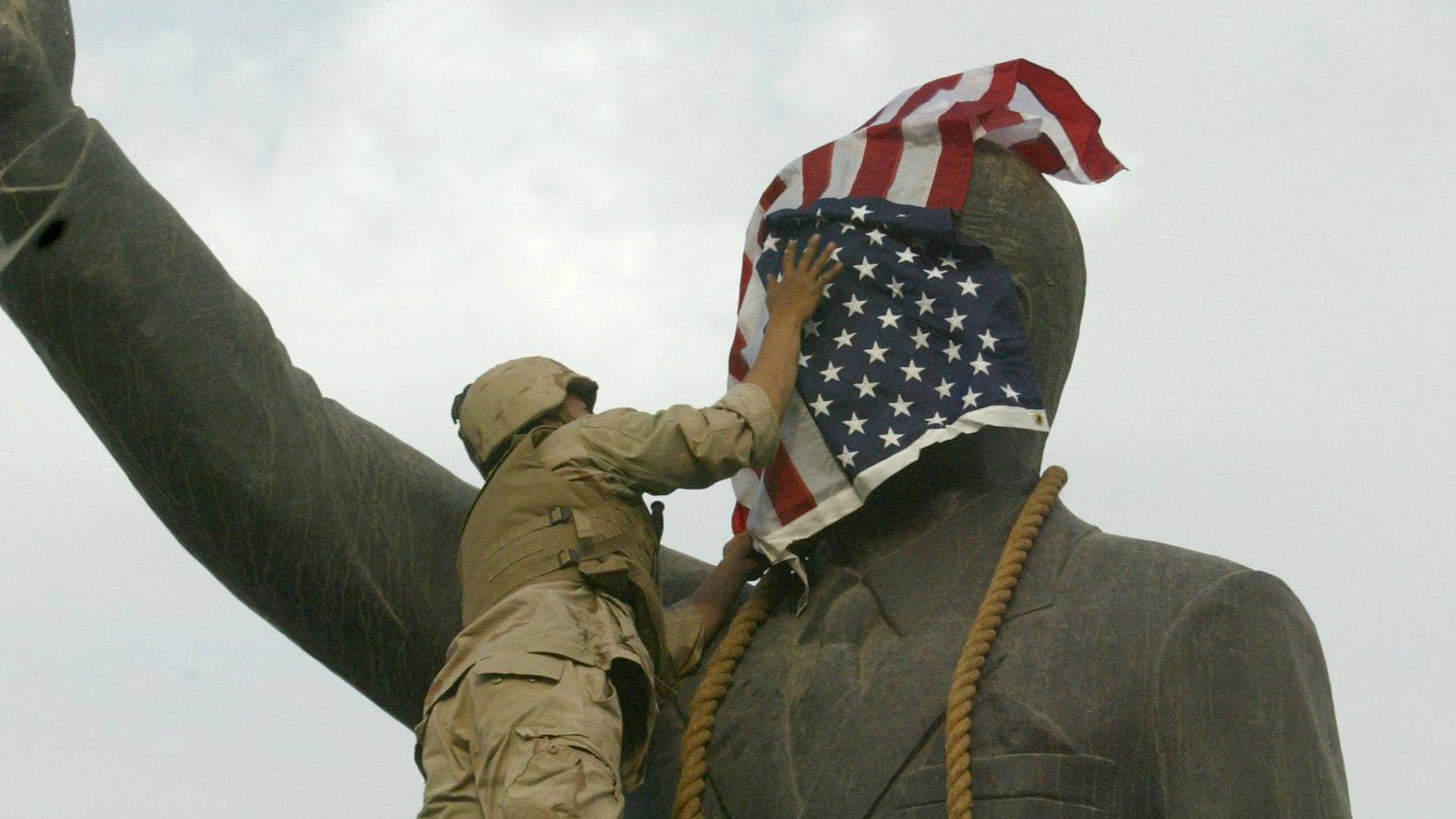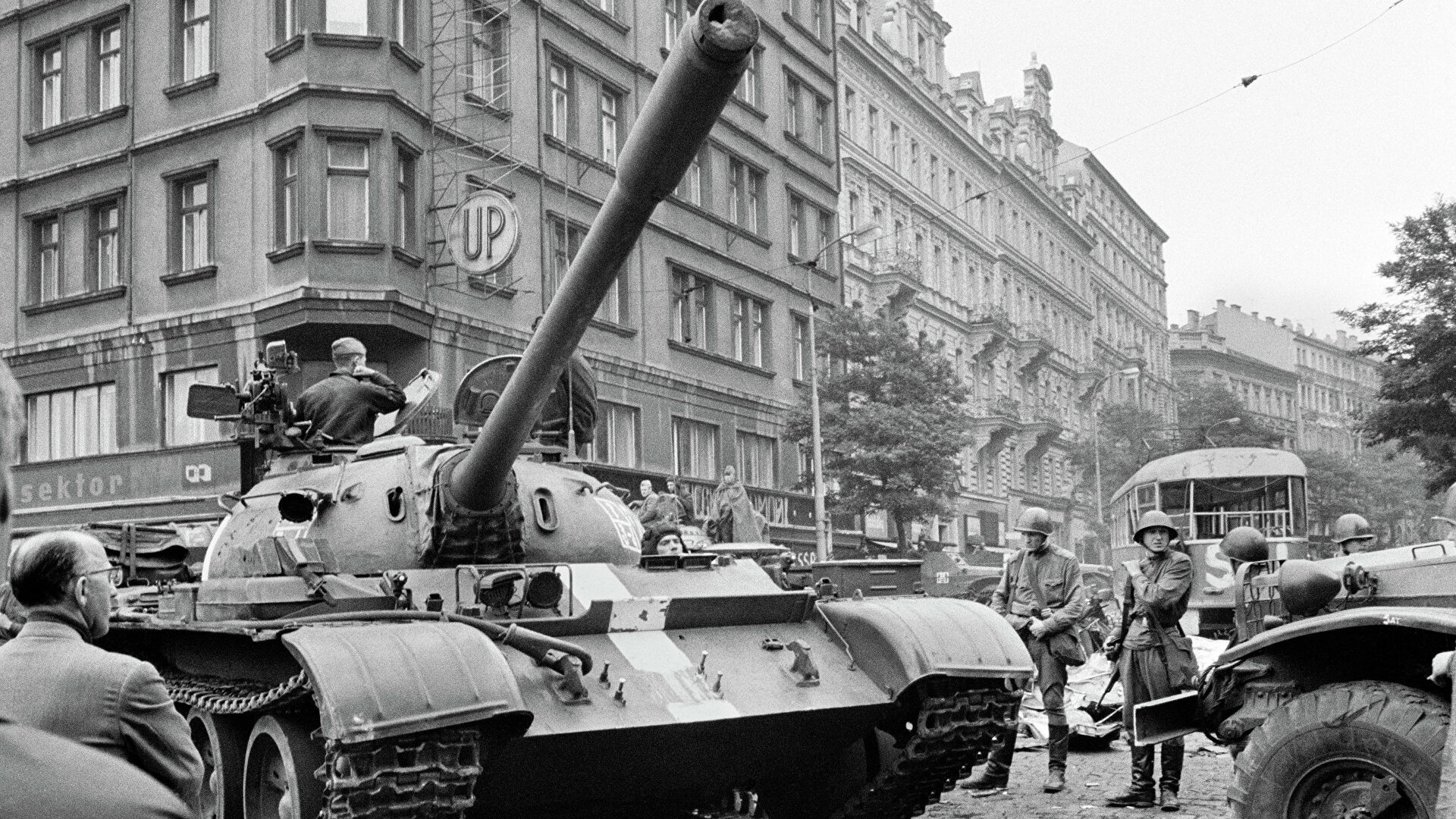The United States of America has been a melting pot for various diaspora communities with diverse ethnicities and cultures. In particular, owing to geographic proximity, many people from different Latin American countries that possess political and economic reasons to leave their homeland have migrated continuously and settled in the United States, their new host state, to establish a new life there. With a rich and tragic background, the Cuban diaspora in the U.S. constitutes a prominent example. In that context, relations between the Cuban diaspora and the United States as a host state in which institutional organizations and activities of Cubans are conducted will be examined in this article.


In the matter of the Cuban diaspora’s institutional framework, there is a need to analyze whether diaspora communities are unified or not in the first place. For that reason, the regional concentration of Cubans and their enclaves in the United States should be underlined. Approximately 1.1 million Cubans and Cuban Americans live in South Florida. In addition to South Florida, the Cuban diaspora also concentrated in Hudson County, a part of New Jersey, and even they settled there before the exiles. Nevertheless, exiles are the main reasons for the emergence of substantial ethnic unity that does not let any social and physical dispersion in the diaspora community.
Even though Cuban communities are very active in Hudson County, it is debated whether they managed to establish a rooted economic and cultural enclave such as the one in Miami. In particular, Miami, the largest city of South Florida, became the epicenter of the settlement since the early 1960s when a large group of Cubans who were exiled from their homeland due to their opposition to the Castro regime started to take refuge. As a result, there appeared a continuous influx of political refugees from Cuba to South Florida. Later on, a substantial part of Cuban emigres attained political and economic influence in their host state, which cannot be underestimated (Gustafsson, 2011). These events also became a source for famous Hollywood films like 1983’s Scarface about one Cuban political refugee’s life story who came to Miami due to Mariel Boatlift.
According to statistics, the Cuban population of Little Havana, one of the neighborhoods in Miami, constituted 16% of all Cubans settled in the county. Thanks to various social, cultural, religious, and political institutions and activities, Cuban-American culture developed and spread over time in the city. In social terms, some mass media coordinated by the Cuban diaspora, and even Spanish street signs for commercial reasons contributed to the development of such culture. Besides, the presence of many traditional coffee shops, restaurants, artistic and musical events like the well-known Calle Ocho Festival should not be ignored in that context. Besides, there is a religiously important Catholic shrine called “Our Lady of Charity National Shrine” in Miami, and it also symbolizes the diasporic identity of exiled Cubans (Duany, 1999). Concerning the Cuban diaspora’s economic activities, a number of enterprises owned by Cubans dramatically proliferated in the city. In the end, Miami turned out to be the second largest place where commercial activities of Hispanic societies prevailed in the economy. Furthermore, most of those businesses opted for hiring Cuban employees to meet the diaspora community’s requirements. Thus, this trend signified ethnic solidarity among the Cuban diaspora. Consequently, it can be asserted that tight connection among diaspora members prevents social and cultural disintegration. That is why the Cuban enclave of Miami is associated with unified diaspora communities.
On the other hand, there are some exceptions for the unity of the Cuban diaspora in the United States. Compared to communities in Hudson County or Miami, the ones located in other states like Los Angeles or Chicago relatively assimilated into American society. Thus, they sometimes neglect their diasporic identity. When it comes to diaspora organizations of Cubans in the United States, most of them were established due to the tragic exiles as expected. Initially, diaspora organizations took no initiative to establish a connection with authorities in the homeland since those exiled were not eager to get in touch with the ones who forced them to leave their homes (Heindi, 2012). However, an important development affected the future of Cuban communities settled in the United States. In November 1978, when Castro wanted to have a conversation with a group of exiles in Havana, this dialogue denoted a turning point. Those who had to leave their homeland during the revolution years were granted a right to re-enter the island (Vicente, 2004). On the contrary, some influential diaspora organizations took opposition against such dialogue and rapprochement with the Castro regime. According to them, the regime must be isolated from the diaspora politics until it vanished. In line with this argument, thousands of Cuban diaspora members who were unwilling to compromise organized marches in Little Havana to protest the moderate dialogues. As a reaction, many diaspora organizations came together and signed several documents so as to oppose any reconciliatory attempts. In the end, almost all of them gave the promise to make collaboration to destroy the Castro regime and liberate Cuba from communism (García, 1998).
One of the remarkable diaspora organizations that had a great role in mobilizing Cuban diaspora living in the United States is the “Cuban American National Foundation (CANF).” In 1981, CANF was founded by a group of prosperous Cuban businessmen from Miami under the leadership of Jorge Mas Canosa. He was one of the most influential figures in the diaspora. Those people were so dedicated Cuban nationalists that they strictly committed themselves to bring freedom and democracy to their homeland. For that reason, they worked hard to develop their organizational capacity in order to assist and advocate both the Cuban diaspora in the United States and those who stayed in the homeland. In that sense, CANF has the objective of empowering the advocacy networks that aimed to promote human rights in the homeland and restructure the Cuban society, which has suffered for a long time under the oppressive dictatorship. Hereby, CANF focuses on lobbying activities at the international level and strives to create an awareness in global agenda, which can trigger the emergence of humanitarian solidarity between Cuban activists and the international community. For example, CANF constantly uses lobbying and backchannel activities to impact legislators and policymakers in the United States. That is also one reason why the political base of the foundation was set up in Washington D.C., rather than Miami, where supporters are in the majority. In that context, CANF supported political candidates, senators, and congress members who tended to propose harsh policies as a retorsion against the Castro regime. Besides, they launched huge donation campaigns to fund anti-Castro policies. Thanks to close relations with state mechanisms, CANF also participated in legal processes that draft the legislation for consolidating the embargo against the Cuban government. In addition to the United States, CANF also conveyed its policy goals to other foreign governments and United Nations’ Human Rights commissions and requested their support to condemn human rights violations in Cuba. In essence, the foundation is successful in using a wide range of strategies, and these achievements mainly originate from its economic power reinforced by diaspora members’ funds. In fact, many of those financial contributors are wealthy people from business circles of Miami. According to financial reports of 2019, CANF possessed 1.3 million dollars in revenue, and around 250.000 dollars in assets.
In respect of prominent leaders of the Cuban diaspora in the United States, two figures should be emphasized. As it is mentioned before, the first inspiring leader of the Cuban diaspora was Jorge Mas Canosa, founder of CANF. He was born in Santiago de Cuba, the second-largest city of the island, in 1939. When he was young, Jorge took the leadership of some student groups that are proponents of democracy and freedom. In that sense, he pledged to fight against the first Batista regime’s tyranny and then Castro’s dictatorship. As a dissident against Castro, Jorge had to take refuge in Miami due to the communist regime’s severe pressures. Nevertheless, he maintained his ideal to liberate the people of Cuba from the dictatorship of the Castro regime. Even, he participated in the “Bay of Pigs Invasion” as a volunteer to serve for this objective, yet later on he was labeled as counter-revolutionary by the Cuban Communist Party. Once he settled in Miami, Jorge experienced several hardships. However, he managed to become a successful businessman thanks to his great efforts. Later on, MasTec, the multinational corporation he established, was known as the largest Hispanic-owned enterprise in the United States. The establishment of CANF was a milestone for Jorge since the foundation’s organizational capacity helped him to shape host states’ policies toward the homeland. Today, Jorge Mas Canosa is remembered as the champion of liberty by Cuban-Americans. His ideas still influence the ones who sustained their loyalty to their homeland by devoting themselves to pursue the ideal of free Cuba.
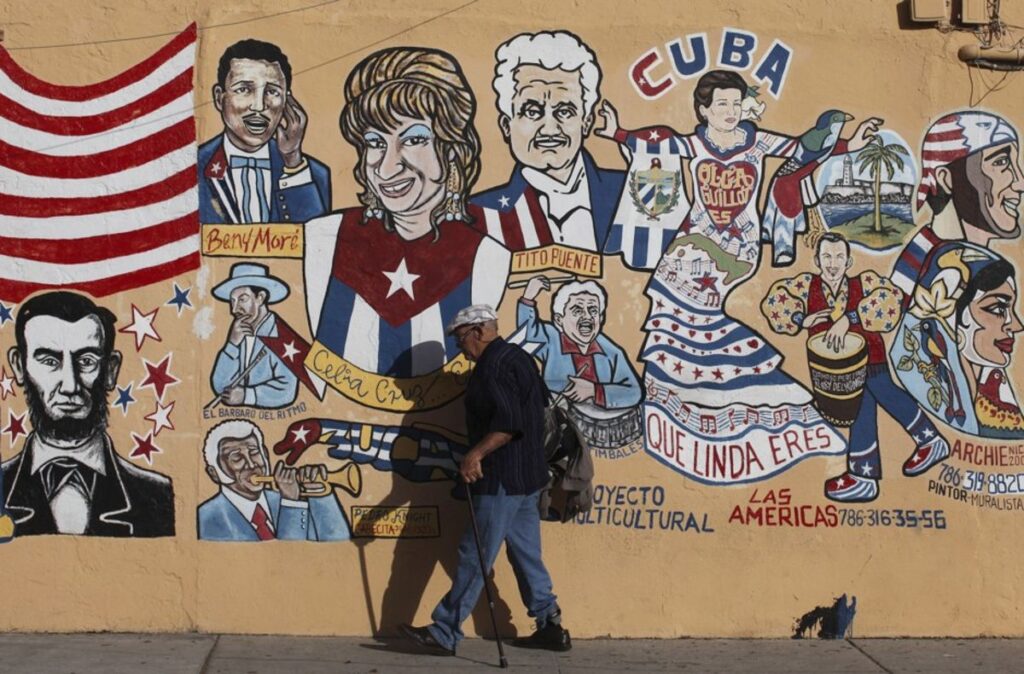

The second influential figure was Francisco Jose Hernandez, and he was also one of the co-founders of CANF. Even though he pursued the same path with Jorge, Hernandez’s opposition against the island’s regime was not so explicit. Especially after Jorge’s death in 1997, stringent policies of the foundation against the regime gradually disappeared. Instead, moderate and reconciliatory attitudes that desire to stop rivalries and establish a linkage between homeland and Cuban exiles started to emerge (Mirabal, 2003). With respect to the Cuban diaspora’s political activities, traumatic experiences in the past can be regarded as a significant factor for the mobilization of diaspora members. Since they want to achieve a political change within the homeland, each activist in diaspora communities strongly opposed the regime even though there can be exceptions resulted from assimilation, geographic dispersion, and political apathy. Therefore, Cuban diaspora members provide material aids to dissidents living on the island and encourage the implementation of harsh policies such as trade embargos to the regime. In addition, the establishment of CANF can be portrayed as one of the best examples to comprehend how Cuban exiles became successful in affecting the political and economic power centers. However, CANF and other conventional diaspora organizations started to be criticized by some new generation Cuban-American communities. They claim that despite their effectiveness in making rightful propaganda, political strategies used by elites of the foundation are obsolete (González-Pando, 1998). On the other hand, some extremist members engaged in paramilitary assaults and assassination attempts in the homeland throughout the 1990s.
Eventually, even though the Cuban diaspora’s political activities sustain their focus on the homeland, a steady increase in the interests for host state politics also came into question. Once diaspora members acquired the citizenship of the United States, it is observed that they are inclined to support conservative values represented by Republican Party. Especially, the political influences of Cuban communities rose dramatically during the Reagan and Bush period. Even, three Cuban American political figures managed to take a seat in the United States House of Representatives.
In conclusion, it can be analyzed that although there are some exceptions, diasporic communities have concentrated in specific locations such as Miami, in which they are firmly unified. In particular, diaspora organizations possess a significant contribution to that situation since they have facilitated the members’ mobilization. Thanks to influential leaders of such organizations, Cuban Americans are given an opportunity to engage in organized political and cultural activities that can enable them to make their voice heard and sustain their diasporic identity. Eventually, whether they are optimistic or pessimistic regarding their homeland, members of the Cuban diaspora more or less share the same feelings depicted in the famous Cuban song Cuba Linda by Cachao, who was also an exile. Lyrics are enough for comprehending the emotions: Cuba Linda de mi vida, Cuba linda siempre te recordare, which means “my beautiful Cuba, I will always remember you.”
Bibliography
Cuban American National Foundation. (n.d). CANF – About Us. Cuban American National Foundation: derived from https://www.canf.org/about-us
Duany, J. (1999). Cuban communities in the United States: migration waves, settlement patterns and socioeconomic diversity. Pouvoirs Dans la Caraïbe, s. 69-103.
García, M. C. (1998). Hardliners v. “Dialogueros”: Cuban Exile Political Groups and United States-Cuba Policy. Journal of American Ethnic History, 3-28.
González-Pando, M. (1998). The Cuban Americans. Westport, United States: ABC-CLIO.
Gustafsson, J. (2011). Cuba, Miami, and the Question of Transnational Space. American Studies in Scandinavia, 74-102.
Heindi, B. S. (2013). Transnational Activism in Ethnic Diasporas: Insights from Cuban Exiles, American Jews and Irish Americans. Journal of Ethnic and Migration Studies, 463-482.
Marti, V. (Composer). (2000). Cuba Linda. [I. L. Andy Garcia, Arranger, & I. L. “Cachao”, Director] United States .
Mirabal, N. R. (2003). “Ser de Aqui”: Beyond the Cuban Exile Model. Latino Studies, 366-382.
Vicente, A. C. (2004). The Cuban-U.S. Transnational Relationship: The Impact of Recent Migration on Cuban and Cuban-American Society . Florida , Tallahassee, United States.



